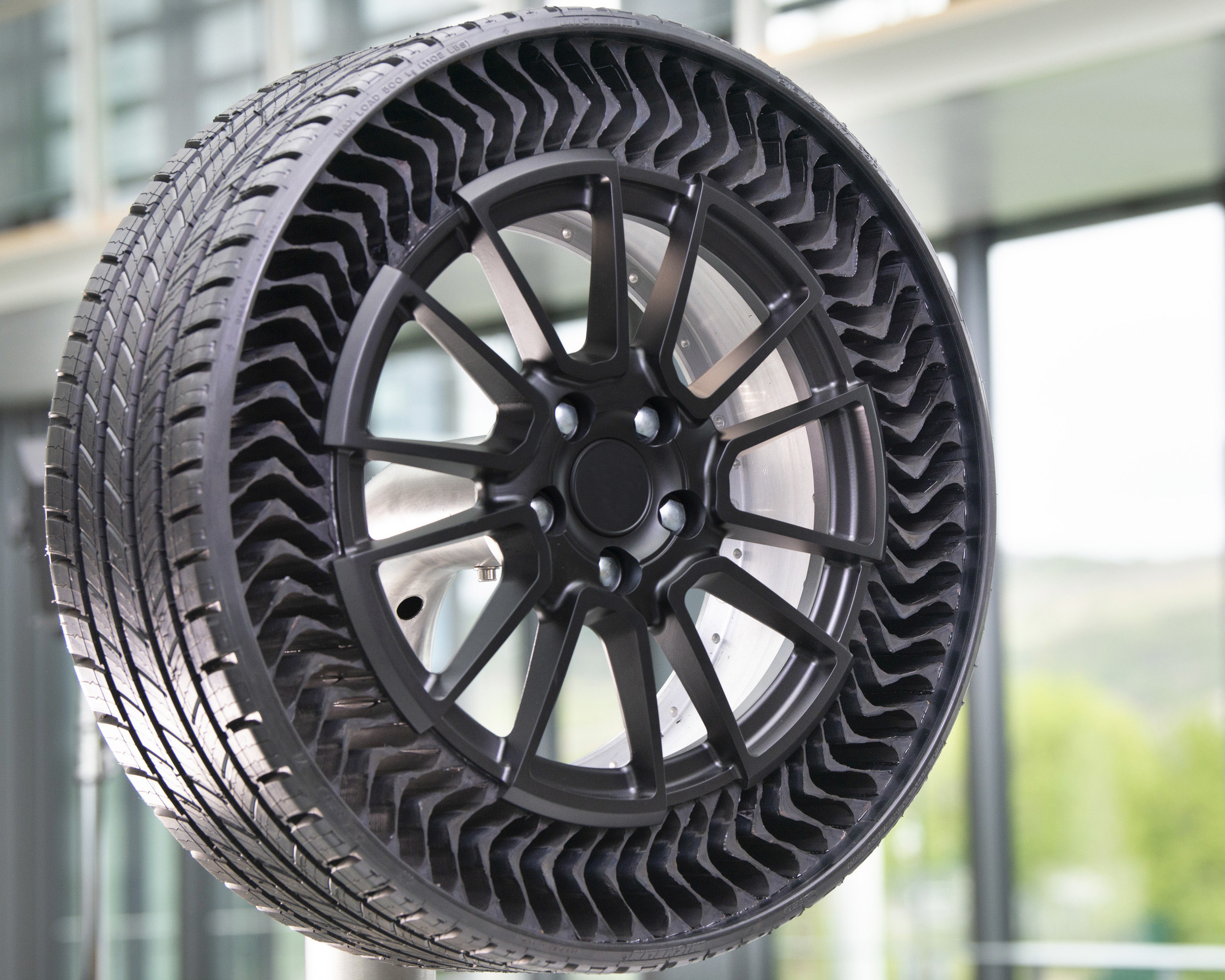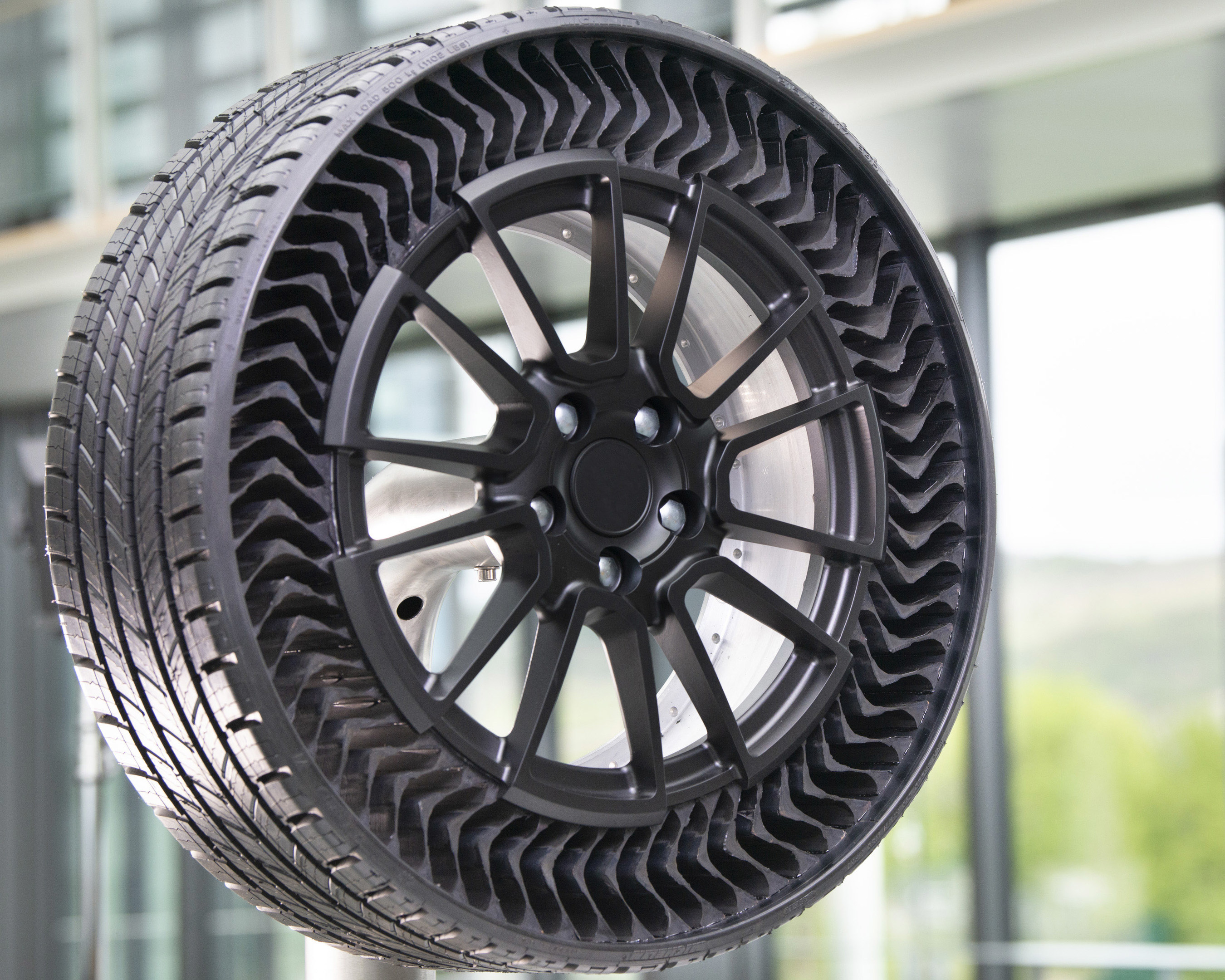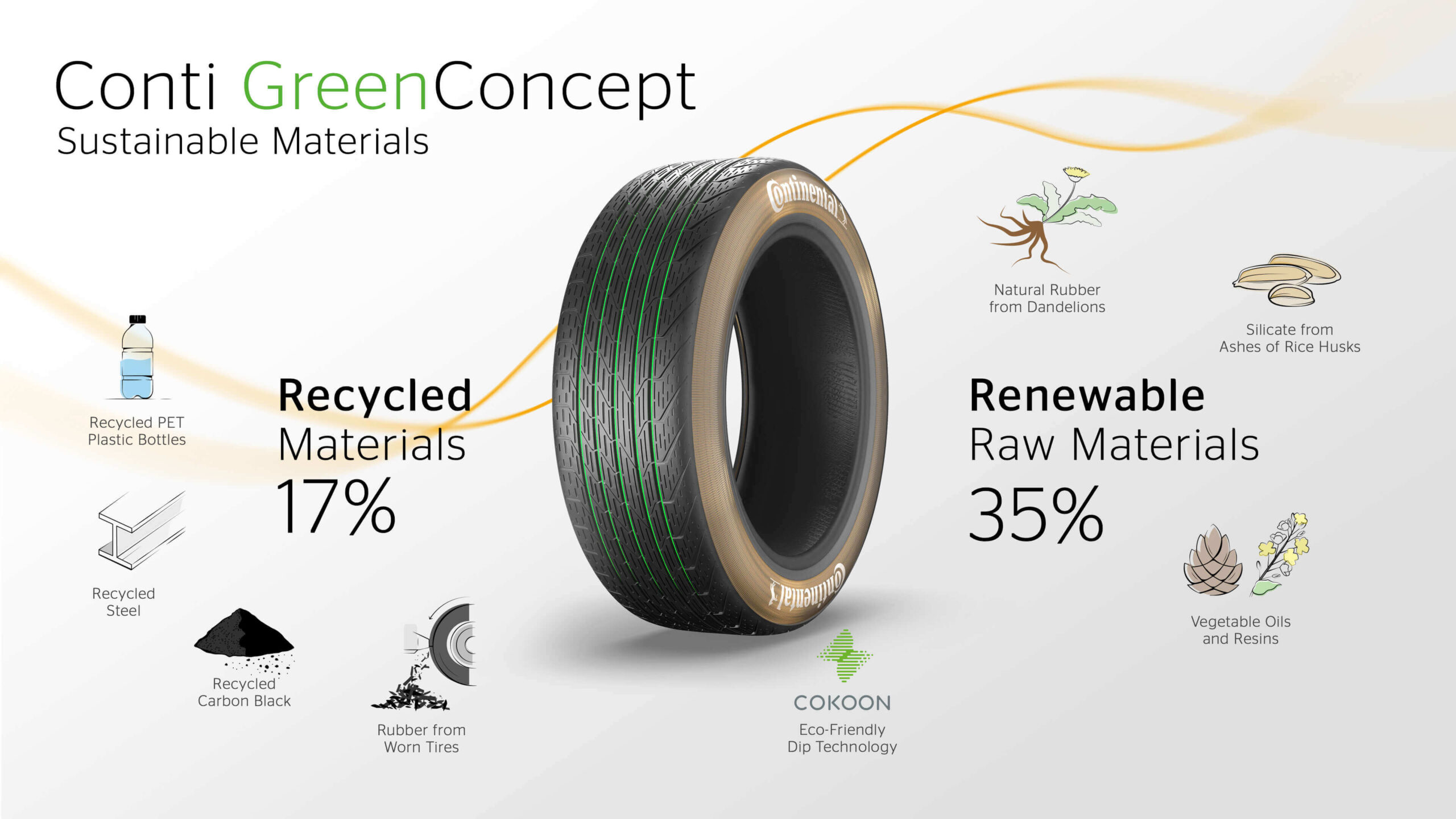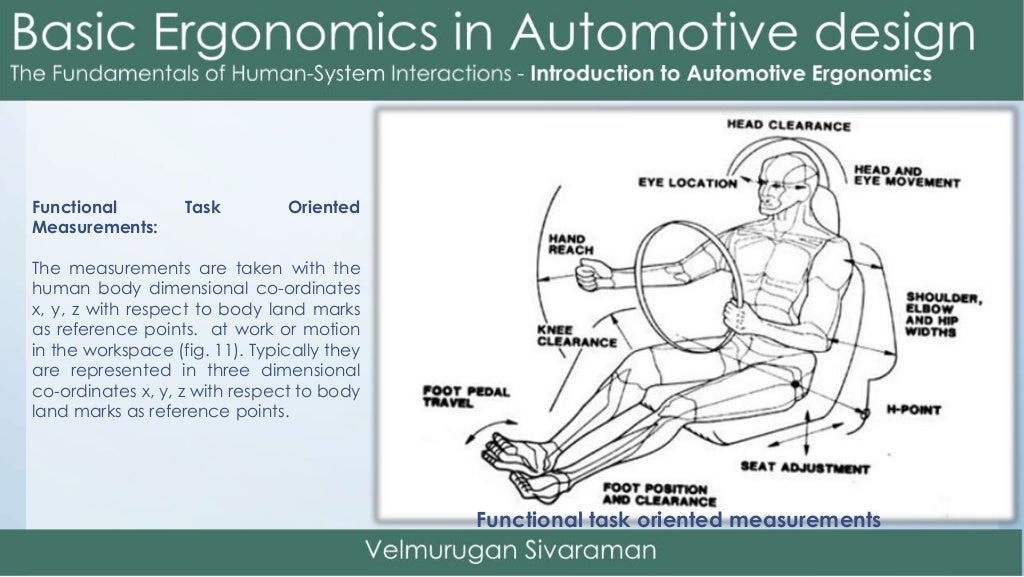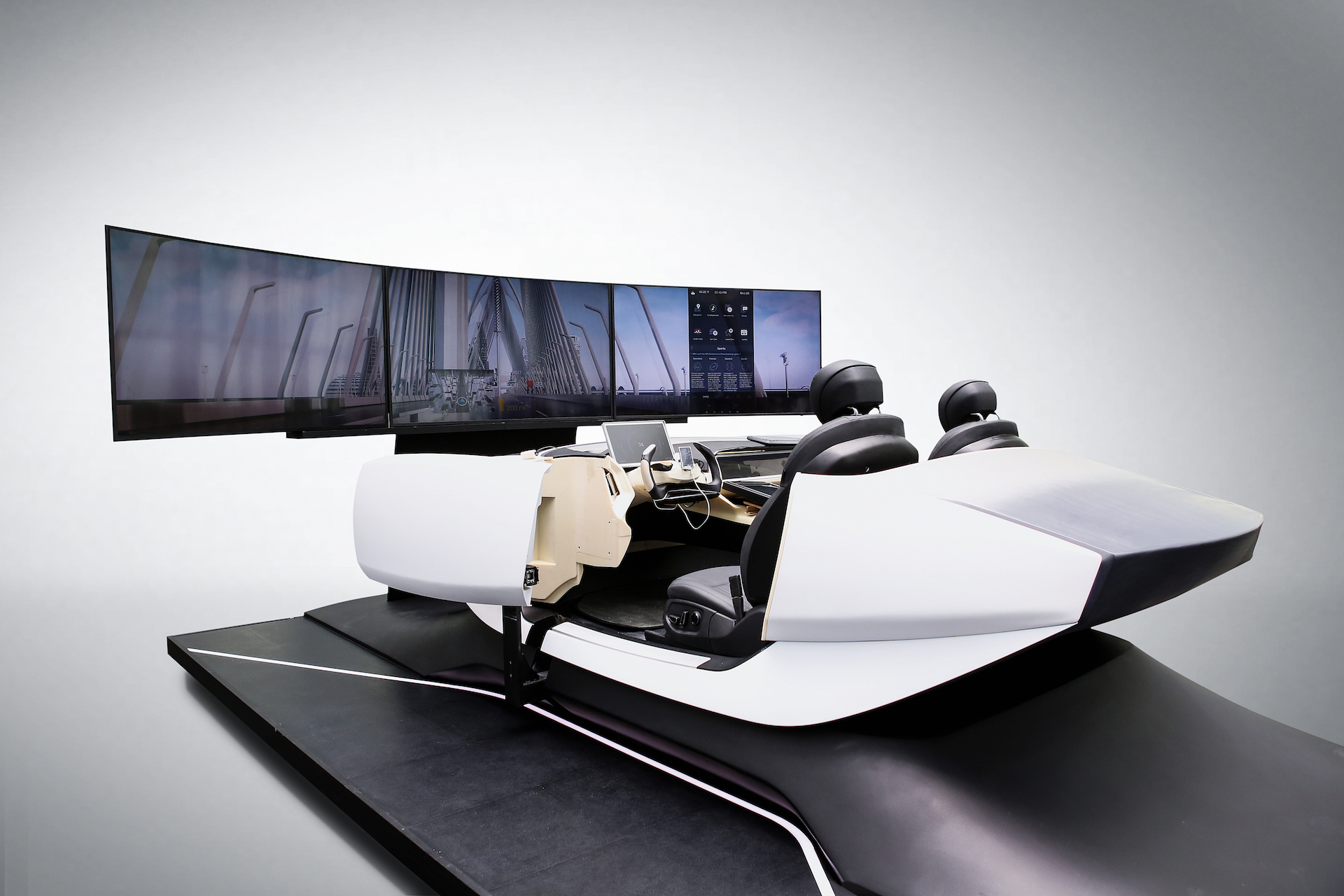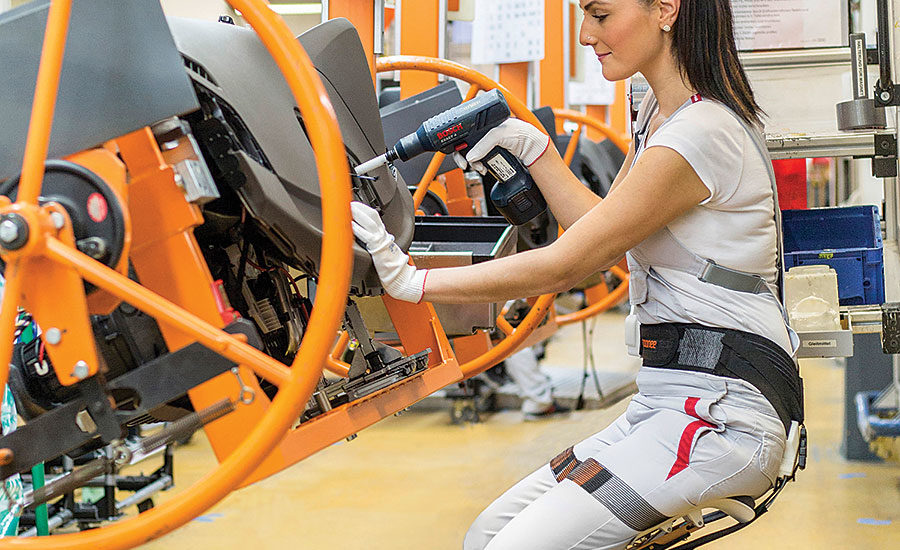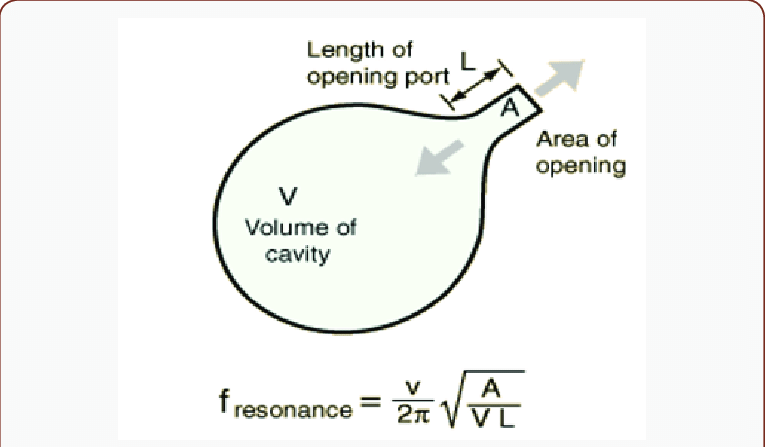The Digital Revolution: A Catalyst for Unprecedented Change
The explosion of digital technology in the late 20th and early 21st centuries, often referred to as the “Digital Revolution,” has radically altered how we live, communicate, work, and, indeed, how we think. Reflecting on my journey through academia at Harvard University, my role in tech at Microsoft, and my venture into the realm of AI and cloud solutions with DBGM Consulting, it’s evident that the digital revolution has been a cornerstone in not just shaping my career but also my view on technology’s role in our future.
The Digital Landscape: A Personal Insight
My involvement in the technology sector, particularly in AI and Cloud Solutions, has positioned me at the forefront of witnessing digital transformation’s potential. The evolution from bulky mainframes to ubiquitous cloud services exemplifies technology’s exponential growth, echoing the leap humanity took during the digital revolution. It has instilled in me an optimistic, yet cautious perspective on the future of AI in our culture.
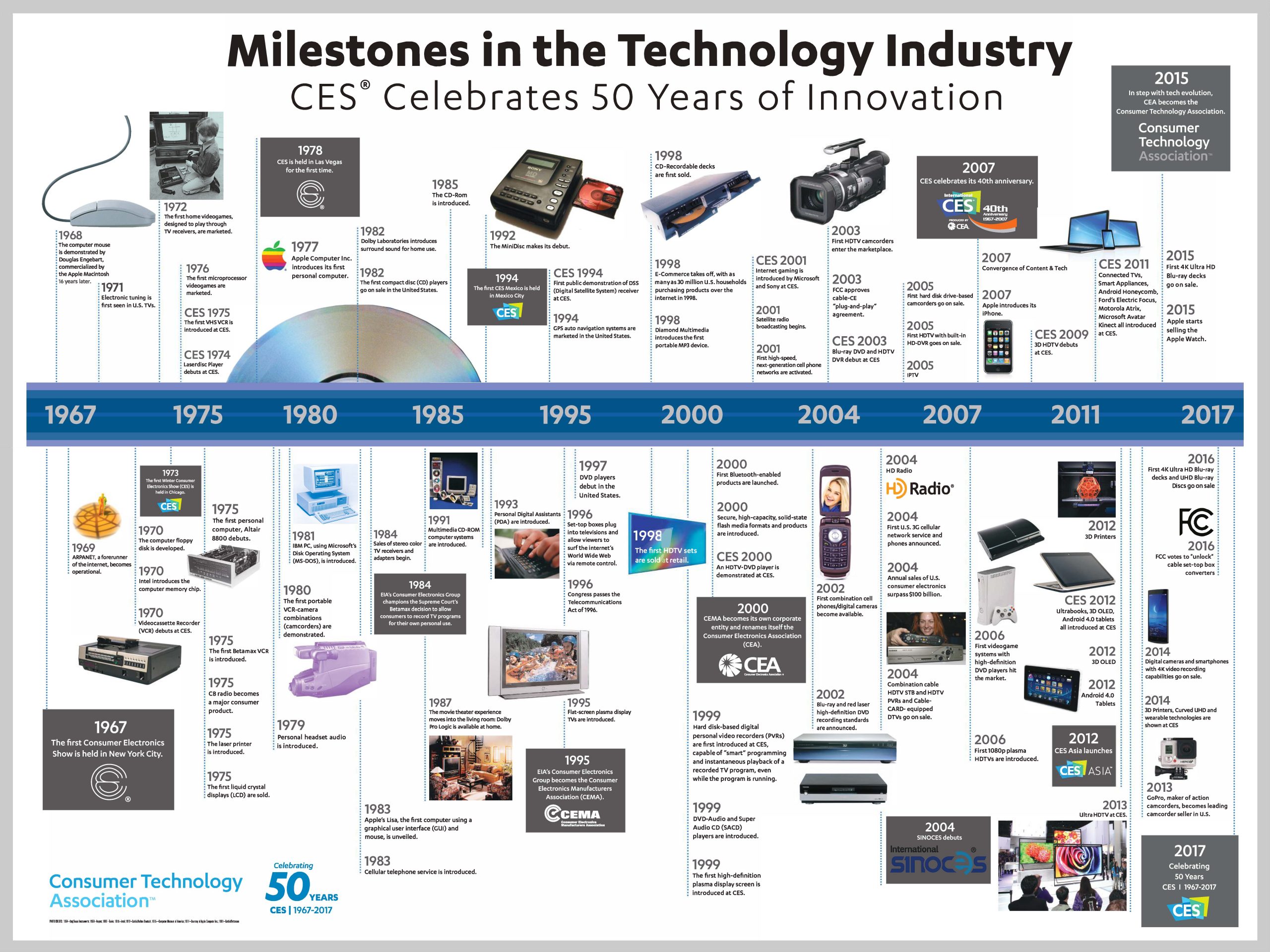
Impacts of the Digital Revolution
The pervasive reach of digital technology has touched every aspect of human life. From the way we manage information and communicate to how we approach problems and innovate solutions, the digital revolution has fundamentally redefined the societal landscape. In my own experiences, whether it be developing machine learning models for AWS or crafting strategies for cloud migration, the agility and efficiency afforded by digital advancements have been undeniable.
However, this revolution is not without its challenges. Issues of privacy, security, and the digital divide loom large, raising pertinent questions about governance, access, and equity. My work in security, particularly incident response and compliance, has highlighted the need for robust frameworks to safeguard against these emerging challenges.
The Future Shaped by the Digital Revolution
Looking ahead, the trajectory of the digital revolution holds promising yet unfathomable prospects. As an enthusiast of quantum field theory and automotive design, I’m particularly excited about the potential for digital technologies to unlock new realms in physics and revolutionize how we envision mobility. Just as digital technologies have revolutionized work and leisure, they harbor the potential to dramatically transform scientific exploration and innovation.
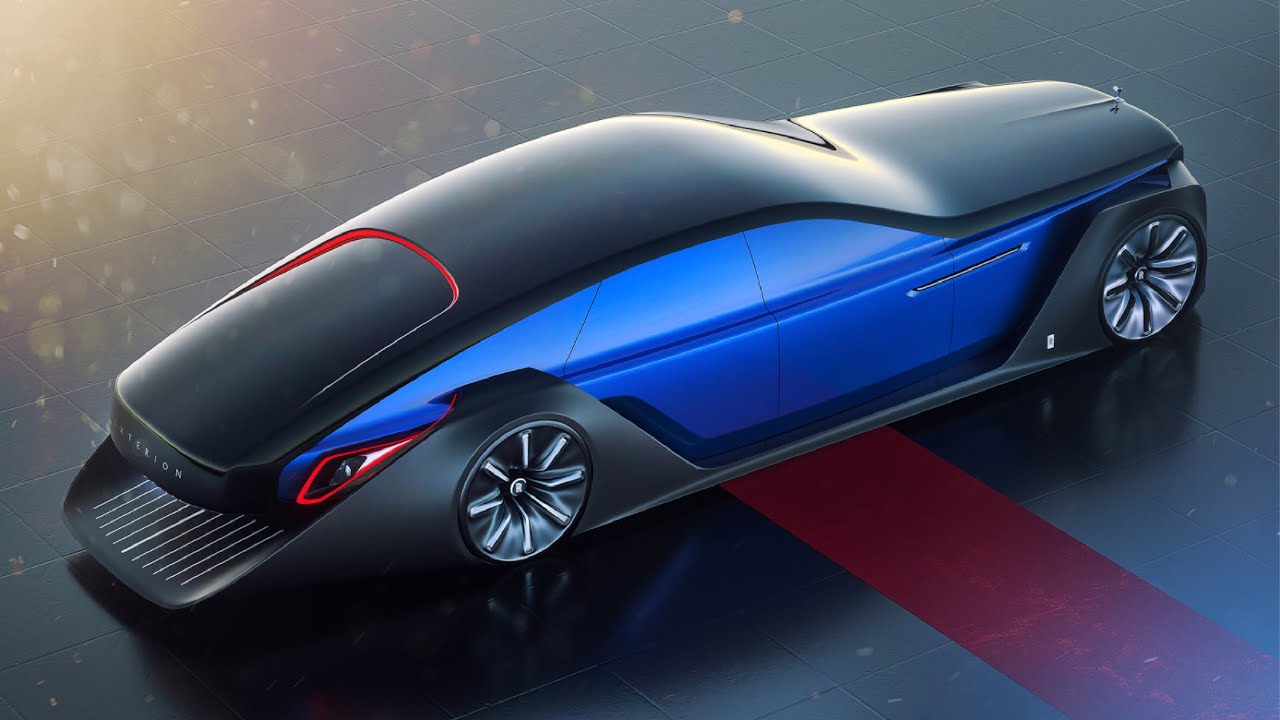
Concluding Thoughts
The digital revolution, much like any transformative period in history, presents a complex blend of opportunities and challenges. My personal and professional journey through this digital era – from my academic endeavors to leadership roles, and even my hobbies like photography and astronomy – underscores the profound impact of this revolution on individual lives and collective societal progress.
It has taught me the value of staying open-minded, continuously learning, and being adaptable in the face of technological advancements. As we navigate this ongoing revolution, it is crucial that we harness digital technologies responsibly, ensuring they serve humanity’s best interests and contribute to a sustainable and equitable future for all.

In conclusion, my engagement with the digital revolution, both professionally and personally, has imbued me with a nuanced appreciation for its impact. It has shaped not only how we interact with the world around us but also how we envision our future amidst rapid technological change. I remain optimistic about the possibilities that lay ahead, as long as we approach them with caution, wisdom, and an unwavering commitment to ethical considerations.
